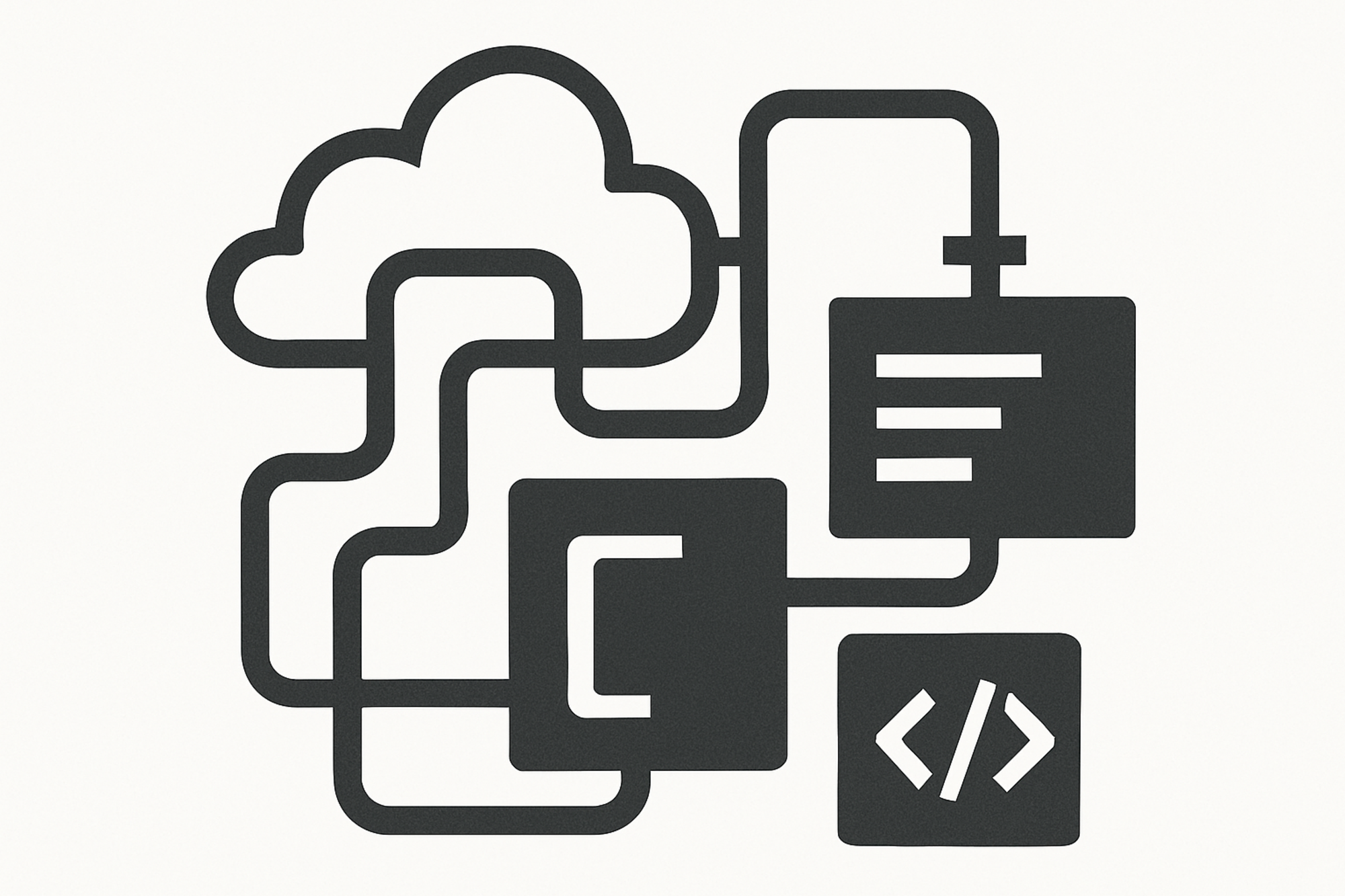Breaking the Metric Myth: From Kubernetes Super-Planes to Code Realism

It’s a trending season for infrastructure, architecture, and a healthy dose of software engineering realism. This week’s collection of posts reveals how the foundation beneath our code—the tools, platforms, and even the metrics we trust—are all getting deeper, more modular, and sometimes, more stubborn. From the bruised debates on how to split functions, to the rise of meta-control planes for Kubernetes, and even the eternal security ballet of key management, the common thread is clear: we’re hurtling toward systems that demand both nuance and skepticism. Here’s what caught my eye:
Unpacking the "Lines of Code" Illusion
Let’s start directly at the nerve: LoC Is a Dumb Metric for Functions delivers a much-needed slap to the age-old love affair with lines of code (LoC) as the north star of code quality. The blog cuts through the pseudo-mathematical dogma with the argument that LoC-focused decomposition often sacrifices locality and readability for a false sense of neatness.
The post makes a robust case for more meaningful metrics, like cognitive complexity, and even reminds us that refactoring isn’t without cost: context overhead, lost locality, and tortured signatures often lurk behind poorly justified extractions. The overarching point: Reusability and deduplication should drive decomposition, not arbitrary line counts.
Kubernetes: Everywhere, and Nowhere Simple
This week Kubernetes appeared everywhere—from grassroots DIY clouds to the rise of super control planes. The latest Stack Overflow podcast spotlights Cozystack, a Kubernetes-based platform enabling organizations to build their own clouds. The episode leans hard into the concept of digital sovereignty—addressing the wish to own and control infrastructure in an era of hyperscaler dominance.
The meta-infrastructure theme continues with Mirantis' k0rdent v1.2.0 release. Here, the pitch centers on acting as a "super control plane," tying together clusters, cost, and observability into one open platform. As enterprise architecture sprawls across on-prem, cloud, and edge, these initiatives are giving teams the power to manage their own fates. Both pieces arc toward a future where the lines between "cloud provider" and "cloud user" keep blurring—sometimes out of idealism, sometimes out of necessity.
Reactive Advances and Stale Closure Exorcisms
React fans got some overdue emotional and technical support in the LogRocket blog's deep dive on useEffectEvent. React 19.2’s stable release of this Hook is being hailed as nothing short of a "goodbye" to daily stale closure headaches. The write-up dissects how the new hook helps separate non-reactive event logic from reactive effects, making code less arcane and side-effect management much more intuitive.
The kicker comes as useEffectEvent is elevated not just as a coding solution, but as a signal of React’s maturing mental framework: smart defaults, cleaner abstractions, and a commitment to not letting rules get in the way of readable code. It’s the sort of practical evolution that mirrors the themes seen elsewhere this week—Nuance over dogma.
Architectures, Actors, and Next-Gen Pipelines
This roundup would be incomplete without a look at the architecture arms race. React Native’s latest release now runs on its new architecture (JSI), reducing the legacy serialization bridge between JavaScript and native code. The intended result: less friction, fatter pipelines, and a smoother journey from JS objects to C++ and back—a microcosm of modern architecture’s perpetual drive for efficiency without sacrificing flexibility.
On a different front, Gleam’s OTP-inspired actor framework continues the tradition of fault-tolerance and type safety borrowed from Erlang. Modern “actor” patterns keep finding new relevance, especially as concurrency and distributed processing regain urgency in the multicore era.
Retrieval-Augmented Generation: The Pipeline Reality Check
HackerNoon’s in-depth guide to building production-grade RAG (Retrieval-Augmented Generation) pipelines clarifies the art of balancing latency, hallucinations, and costs. The walkthrough is a one-stop shop for senior AI engineers looking to demystify pipeline architecture without running up a tab. Hybrid retrieval, prompt caching, precomputed embeddings, and even human-in-the-loop QA are rolled out as not just nice-to-have, but essential to making RAG actually work at scale.
The sometimes sorry state of production AI is echoed by the sheer number of footnotes, diagrams, and “don’t let your monitoring slip” caveats. RAG deployments, it’s clear, require hard-won discipline—not just a flashy API.
Cloud Control and Compliance: Keeping Keys, Not Just Containers
Finally, in “never trust the cloud, especially with your keys” news, AWS’s support for Customer-Managed Keys (CMKs) in IAM Identity Center represents the inevitable compliance arms race. The recent expansion grants organizations tighter sovereignty over encryption keys, aiding data sovereignty mandates and regulatory headaches alike. AWS may not be the only player—Azure and GCP both have their take—but the pattern is clear: vendor platforms are finally accepting that real security means control, not just convenience.
Final Thoughts: Trust, Ownership, and Evolving Rules
What unites these posts—from extraction wars over single-line functions, to organizations seizing the keys to their kingdoms? A dogged pushback against arbitrary rules (be they LoC metrics, effect dependency arrays, or cloud service defaults), and an emerging culture of ownership, sovereignty, and measured abstraction.
The stakes are high, but the mood is far from defeatist. If anything, software engineering in late 2025 seems willing to get a little messier, a little more hands-on, and a little more skeptical about easy answers—whether they’re handed down by a linter, a vendor, or an old book on your remote shelf.
References
- LoC Is a Dumb Metric for Functions – Axol's Blog
- Why rent a cloud when you can build one? - Stack Overflow
- Mirantis' Kubernetes Management Platform k0rdent Reaches v1.2.0 - InfoQ
- React useEffectEvent: Goodbye to stale closure headaches - LogRocket Blog
- React Native Rolls Out Its Latest Version on New Architecture - The New Stack
- GitHub - gleam-lang/otp
- Designing Production-Ready RAG Pipelines – HackerNoon
- Bring Your Own Key (BYOK): AWS IAM Identity Center Adopts CMKs - InfoQ
